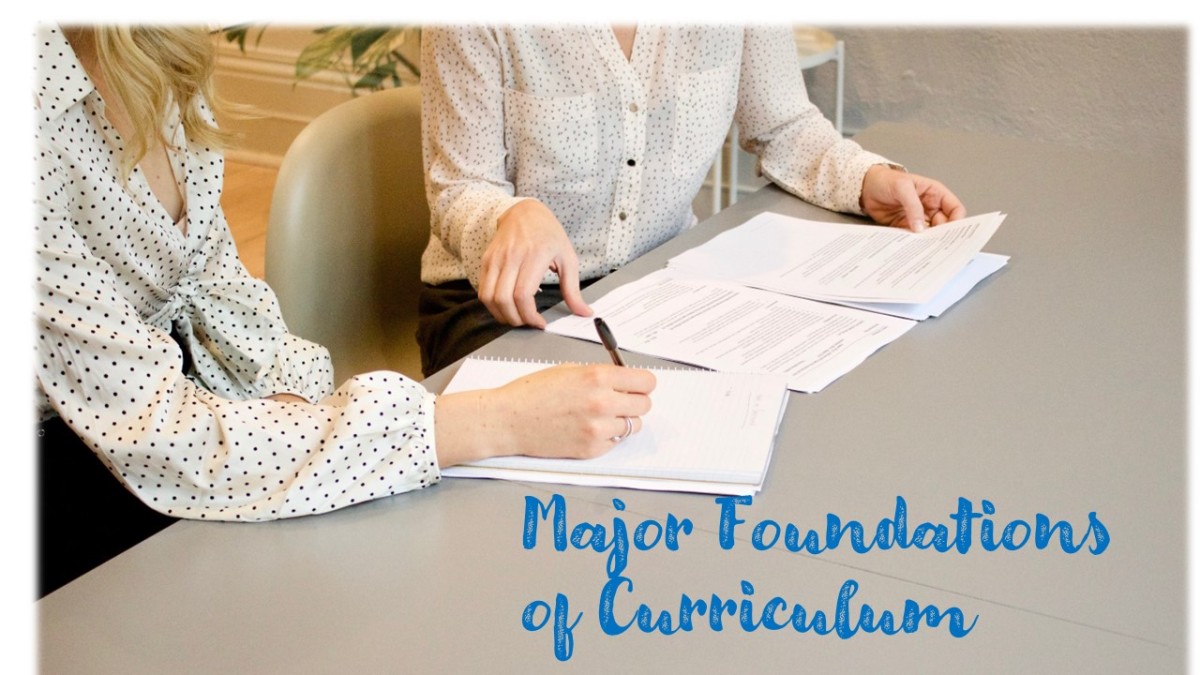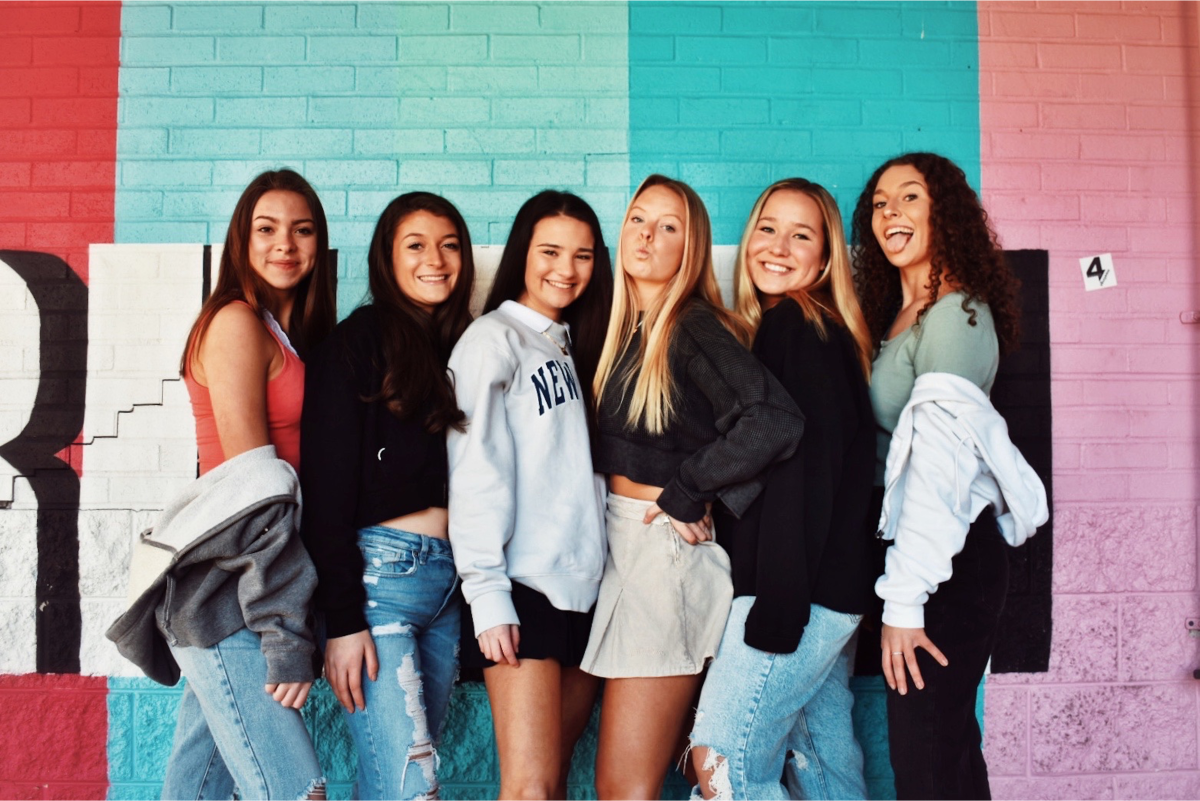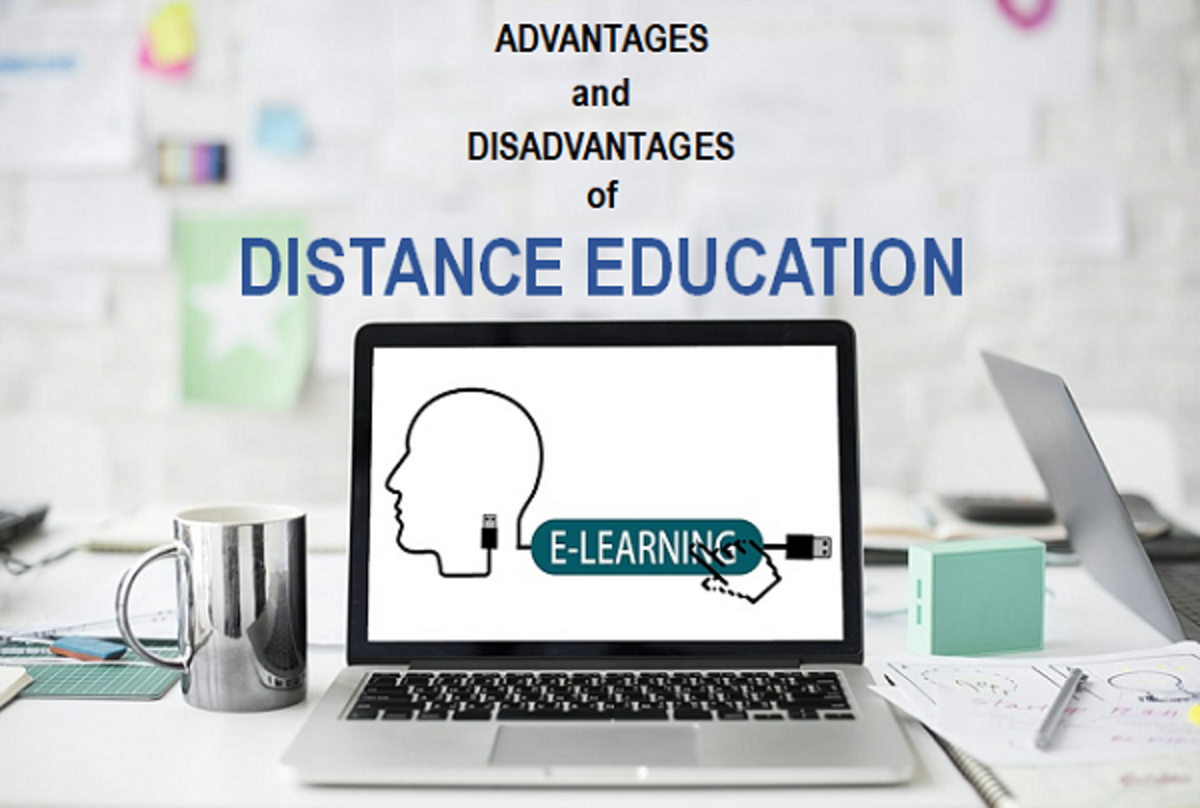The Challenges of Educational Counseling - Part 2

Ethnicity and race are other variables that may have a negative impact on the psychological state of students. Evidence suggests that such a variable can be elusive given the stereotypical models that may shape unwittingly the role of the counseling profession.
Smith et al (2013) observe that regardless of whether or not a population of students represents the majority or minority in a college, the fact that a student belongs to an ethnic minority can serve to predict negative mental health outcomes. The results of their study strike a chord with Kimbrough et al's (1996). Thus, Black students who attended a predominantly White college were not found to have greater depression or suicidal ideation than Black students attending a predominantly Black college. In addition, the authors have it that regardless of racial or ethnic background, emerging adult female students are at a higher risk for depression and are likely to inflict harm on their own self. When the two demographic variables are combined, the effect is compounded. As for men, evidence suggests that they engage in substance abuse, a situation that behooves counselors to exert their efforts in order to reach at-risk populations.
As cited before, outreach efforts have to be underlined by cultural awareness. Hispanic students for example assume that mental health problems should not be revealed to other people than the family and faith community. In order to reach out to this population effectively, nontraditional means should therefore be considered. Evidence from the literature suggests involving religious and cultural organizations or a combination of the two. There is a sense of ecological empathy in this form of strategy as well as a level of awareness of the substrates of educational contexts.
An epitome of the lack of contextualized counseling is reflected in Asian American students were not seeking help from the counseling center. The complacent attitude was construed by the counselors as the Model Minority Stereotype, whereby Asian American students are deemed to be super-bright and self-sufficient. The assumption was refuted when an Asian American counselor was hired. Suzuki (2002) stated that: “In a matter of months, the new counselor was inundated with Asian American students seeking her advice on a wide range of psychological problems. By the end of the academic year, the backlog of students wishing to see her became so large that she was staying well into the evening hours to keep up with her workload” (p. 26). Problems as such include being “often subjected to unrealistically high expectations by their parents, their instructors, and even their peers”, which engender that “become so great that their academic performance suffers, forcing some of them to drop out of school” (p. 27). This is another way of changing the traditional approaches of counseling to reach out to students and cater for their needs is diversifying the ethnic range of counselors.








